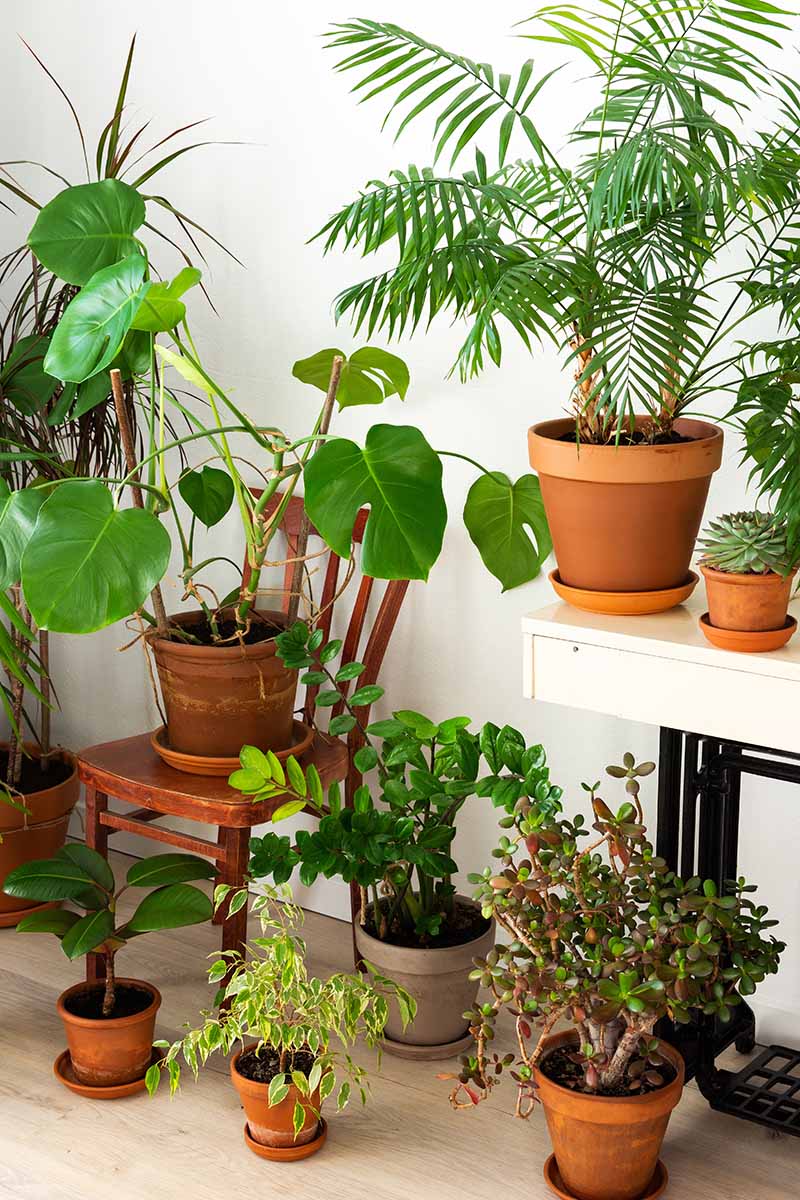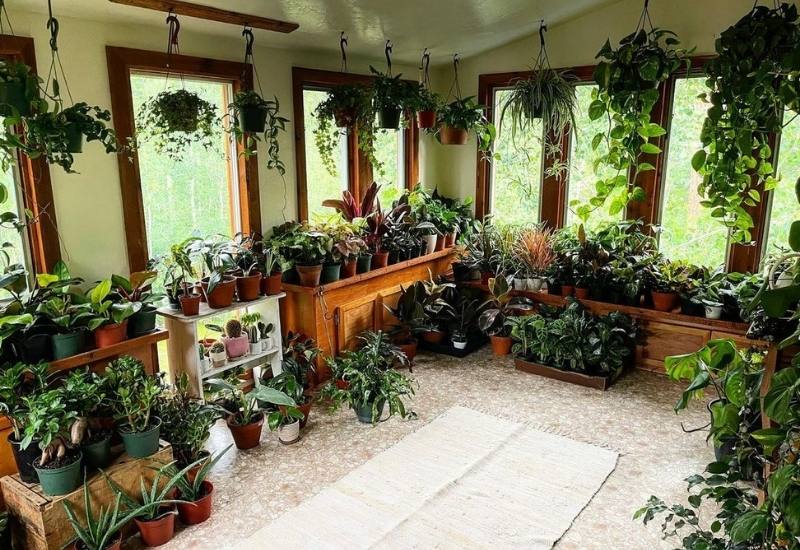Transform Your Living Space with the Best Low-Light Indoor Plants
Transform Your Living Space with the Best Low-Light Indoor Plants
Blog Article
Explore the One-of-a-kind Advantages of Low-Light Indoor Plants for Your Living Space
Incorporating low-light interior plants into your living area supplies a plethora of benefits that prolong much beyond mere visual appeals. These hardy plants not just grow in atmospheres with limited sunshine yet also serve vital features such as air purification and humidity improvement.
Air Purification Advantages
Low-light indoor plants not just boost the visual allure of living spaces but likewise play a substantial duty in air filtration. Research study has shown that particular plant varieties can effectively remove usual indoor toxins, consisting of trichloroethylene, formaldehyde, and benzene. These compounds often emanate from home things such as furniture, cleansing items, and building materials, adding to indoor air high quality problems.
Plants such as the snake plant, pothos, and peace lily are particularly adept at filtering hazardous materials from the air while thriving in low-light conditions. The procedure of phytoremediation, in which plants absorb and metabolize toxic substances, enables these varieties to contribute dramatically to a healthier indoor environment. In addition, with photosynthesis, plants release oxygen, better boosting air high quality.
Including low-light indoor plants into home or workplace areas not just gives visual advantages however also functions as a sensible method for enhancing air quality. By choosing the appropriate varieties, people can produce an atmosphere that promotes health and decreases exposure to dangerous pollutants, making these plants an essential element in contemporary interior living.

Mood Improvement Effects
Numerous research studies have actually shown that including interior plants can significantly improve mood and total psychological wellness. The existence of plant in indoor environments has actually been connected to reduced anxiety degrees, enhanced sensations of peace, and enhanced psychological health and wellness. Low-light indoor plants, specifically, grow in environments where natural light is restricted, making them excellent for various living spaces.
Research study indicates that connecting with plants can promote the release of serotonin, a natural chemical connected with feelings of happiness and wellness. Furthermore, the act of taking care of plants fosters a sense of responsibility and accomplishment, more adding to favorable psychological health and wellness results. Low-light plants such as snake plants, pothos, and peace lilies have actually been shown to enhance air high quality, which is fundamentally linked to mood enhancement.
Including these plants into your home or workplace can create a calm environment, using a sensory and visual retreat from the hustle and bustle of daily life - Best low-light indoor plants. As people spend raising quantities of time inside your home, the mood-enhancing impacts of low-light indoor plants come to be a lot more essential, offering not just aesthetic appeal yet also an extensive influence on psychological well-being
Low Maintenance Requirements
For those looking for to enhance their indoor rooms without a substantial time commitment, low-light interior plants are an excellent selection due to their reduced maintenance requirements. These resilient plants flourish in less-than-ideal lighting problems, making them best for homes and workplaces where all-natural sunshine is limited.

Pest resistance is another advantage of low-light indoor plants. Numerous selections are much less at risk to common parasites, reducing the demand for continuous surveillance and treatment. Furthermore, these plants generally grow more slowly than their high-light equivalents, meaning much less frequent repotting and pruning are necessary.
Aesthetic Allure and Versatility

Additionally, these plants can be arranged in myriad ways, whether in groups for a lush effect or as standalone features to draw the eye. The choices of planter designs-- from smooth ceramic pots to rustic wood containers-- even more improve their aesthetic value, permitting house owners to share their individual style.
Furthermore, low-light plants can be strategically positioned in locations that may or else feel ignored, click site such as edges or poorly lit racks, thereby maximizing their ornamental capacity. Inevitably, the mix of their striking look and flexibility makes low-light interior plants a valuable enhancement to any type of living room, developing a welcoming environment that advertises well-being and relaxation.
Boosted Moisture Degrees
Enhancing interior moisture levels is one of the considerable benefits of incorporating low-light interior plants right into living spaces. These plants normally release dampness vapor through a process recognized as transpiration, which occurs when water absorbed by the origins relocates via the plant and evaporates from the leaves. This procedure not just raises humidity but also contributes to a much healthier interior setting.
Better moisture degrees can alleviate numerous health problems, such as dry skin, respiratory system troubles, and allergies. Many people experience discomfort in arid interior conditions, especially throughout cold weather when heater are in use. By strategically placing low-light plants throughout your home, you can develop a more balanced moisture level that fosters overall health.
Additionally, certain low-light interior plants, like tranquility lilies and spider plants, are particularly reliable at increasing moisture (Best low-light indoor plants). Hence, low-light top article indoor plants serve both visual and functional functions, advertising a healthier environment.
Verdict
In summary, low-light interior plants use various benefits that contribute to a healthier and more inviting living area. Integrating these durable plants into indoor settings not just elevates the setting but additionally promotes total wellness, establishing a relaxing sanctuary for homeowners.
Plants such as the snake plant, pothos, and peace lily are especially proficient at filtering system hazardous compounds from the air while thriving in low-light problems. Low-light plants such as snake plants, pothos, and peace lilies have been revealed to enhance air quality, which is inherently connected to mood improvement.
Low-light indoor plants, such as serpent plants, pothos, and ZZ plants, not just improve the visual landscape of a room however additionally present different structures and shades of environment-friendly that can complement diverse indoor styles. These plants normally launch moisture vapor through a procedure known as transpiration, which takes place when water soaked up by the origins relocates with the plant and evaporates from the leaves.Moreover, certain low-light interior plants, like tranquility lilies and spider plants, are especially reliable at enhancing moisture.
Report this page